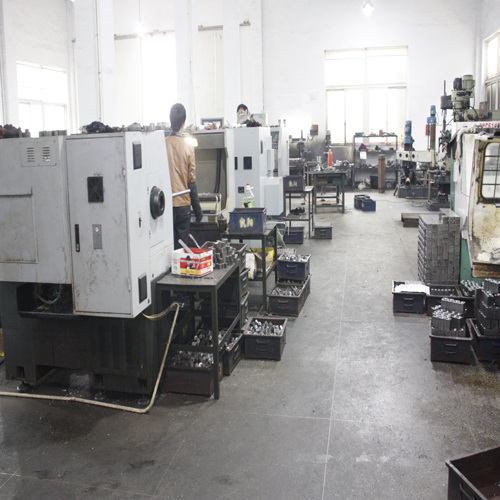Product (323)
- Hydraulic Oil cooler (15)
- Ball Valve (65)
- Quick Coupler (16)
- Pneumatic Cylinders (49)
- Air Filter Regulator (31)
- Solenoid Valve (40)
- Mechanical Valve (20)
- Pneumatic Fitting (39)
- Pneumatic Silencer (6)
- Pneumatic Component (8)
- pneumatic (31)
- Others (3)
Blog (21)
Company image (2)
News (2)
Certificates (4)
Credit Report
Products Index
Blog
What materials are commonly used in high-pressure ball valves?

Stainless Steel: Stainless steel is a popular choice for high-pressure ball valves due to its corrosion resistance and strength. Common grades used include 316 stainless steel, which offers excellent resistance to chemicals and high temperatures.
Carbon Steel: Carbon steel is another commonly used material for high-pressure ball valves. It provides good strength and durability, making it suitable for high-pressure applications. Carbon steel valves are often coated or plated to enhance corrosion resistance.
Brass: Brass is often used in lower pressure applications, but it can also be used in high-pressure ball valves. It offers good resistance to corrosion and is relatively cost-effective compared to stainless steel or carbon steel.
Alloy Steel: Alloy steel is a combination of different metals, offering enhanced strength and resistance to high pressures. It is commonly used in high-pressure and high-temperature applications where regular carbon steel may not be sufficient.
Duplex Stainless Steel: Duplex stainless steel is a corrosion-resistant alloy that offers excellent strength and resistance to stress corrosion cracking. It is commonly used in offshore and subsea applications where high-pressure conditions are present.
These are just a few examples of the materials commonly used in high-pressure ball valves. The choice of material depends on factors such as the pressure rating, temperature, and the specific requirements of the application.
Pre Page:
Can high-pressure ball valves be...
Next Page:
Can high-pressure ball valves handle...




